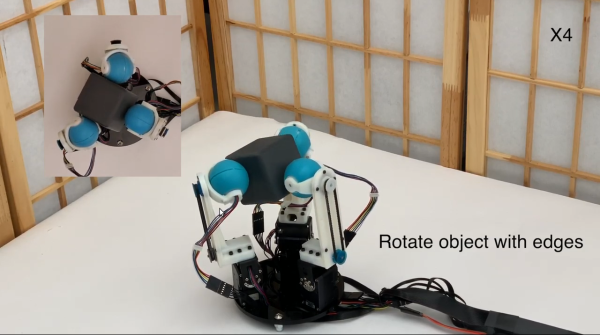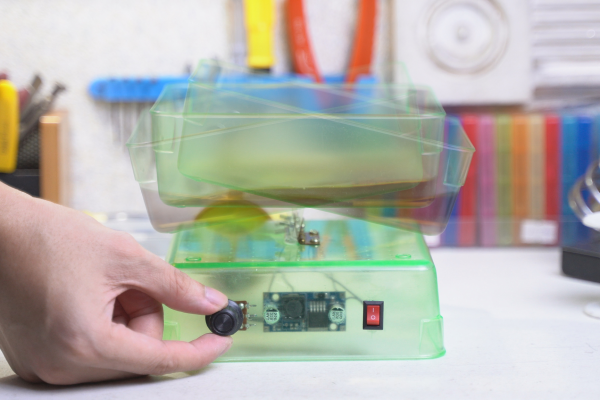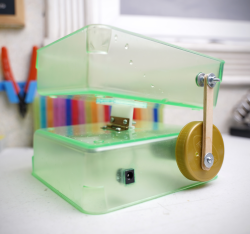Hackaday editors Mike Szczys and Elliot Williams fan through a fantastic week of hacking. Most laser cutters try to go bigger, but there’s a minuscule one that shows off a raft of exotic components you’ll want in your bag of tricks. Speaking of tricks, this CNC scroll saw has kinematics the likes of which we’ve never seen before — worth a look just for the dance of polar v. Cartesian elements. We’ve been abusing printf() for decades, but it’s possible to run arbitrary operations just by calling this Turing-complete function. We wrap the week up with odes to low-cost laptops and precision measuring.
Take a look at the links below if you want to follow along, and as always, tell us what you think about this episode in the comments!
Direct download (60 MB or so.)















